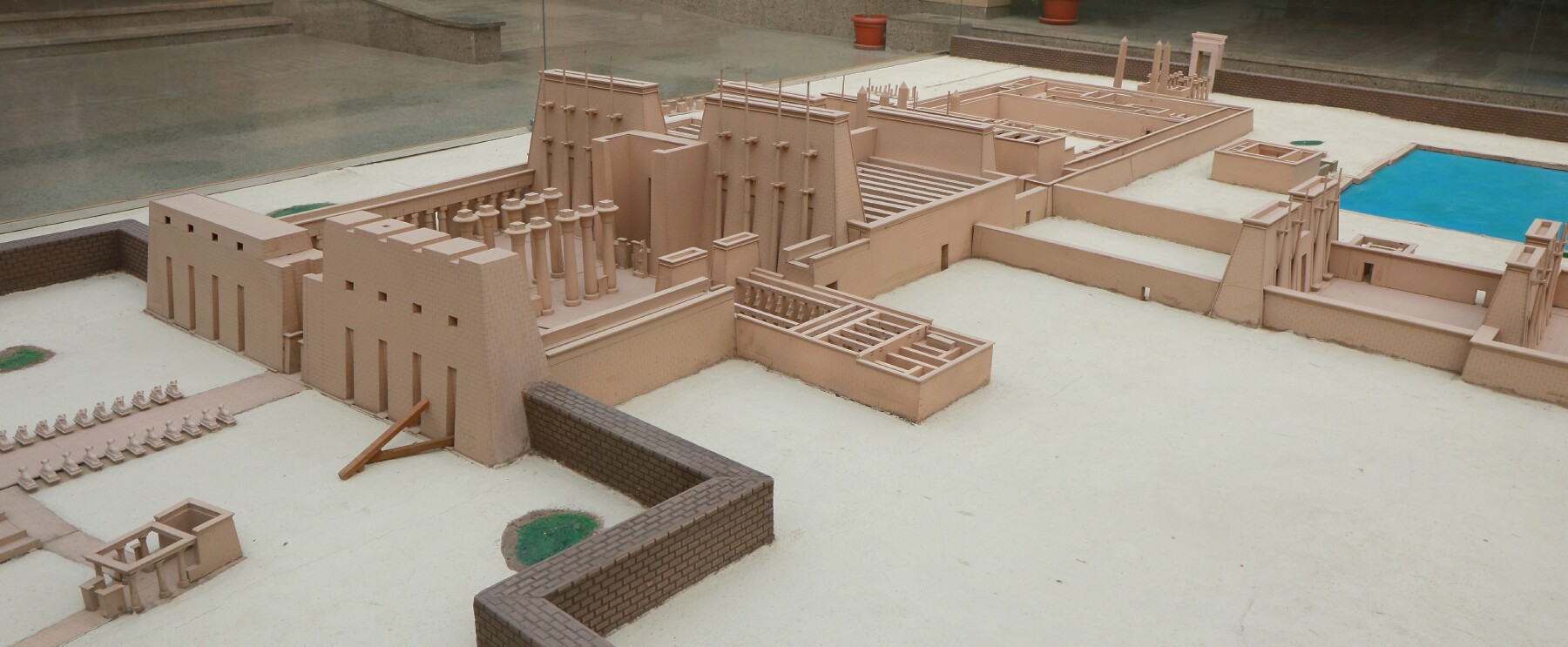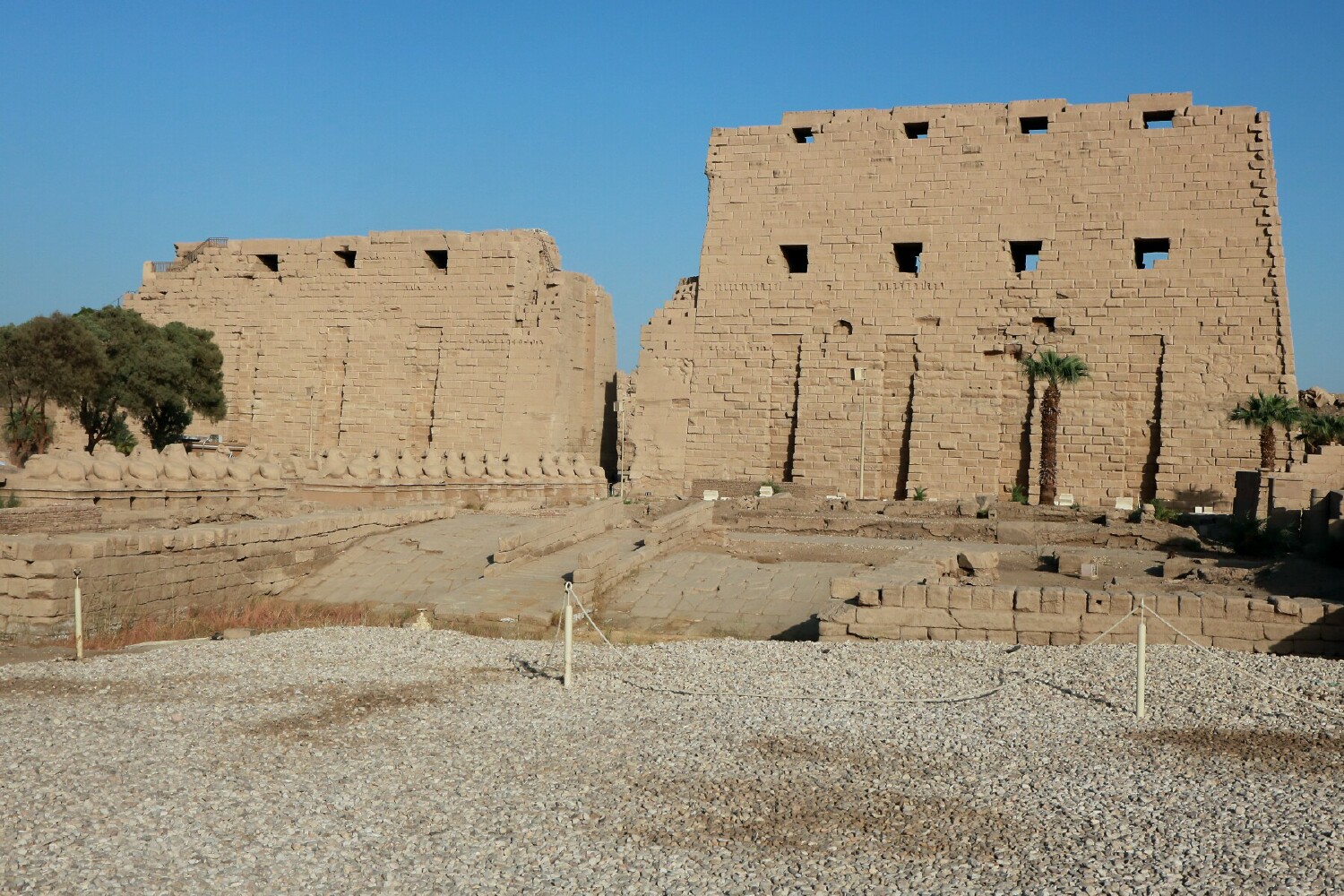Egypt: Day 7
September 22, 2022
|
After lunch and getting set up in our hotel rooms and a shower to smell a little better, we took off to see the final two items on our Egypt in East Luxor.
The first is Karnak, what our tour guide Ahmed called the most important religious centre in Egypt, dedicated to the creator god Amun.
Work began with the pharaoah Senusret I (1971-1926 BC) and ends with Ptolemy IV (222-204 BC), with many pharaohs from Thutmose I to Hatshepsut to Ramesses II
contributing, adding temples, monuments, obelisks, pylons and sphinxes in tribute to the god Amun, among other Egyptian gods.
The second is the Luxor Temple at night, which has had continuous religious practice for over 3400 years, the oldest continuously used religious location in the world. First, ancient Egyptian
gods were worshipped starting around 1400 BC, then a Christian coptic church was establish in 395 AD, and finally the mosque took over in 640 AD and has been continually used since.
Then it was dinner at the hotel, and trying to get some sleep before the before 5:00 a.m. wakeup call for our 8:00 a.m. flight from Luxor to Cairo.
|


Above: At Karnak, The First Pylon of Karnak, with the Opet and Khons Temples on the right, and a model of what the Karnak religious centre looked like back about 2000 years ago.
1 and 2 are the First Pylon (colossal gate) of Karnak, the entrance to the temple complex.
3 to 5 show the ram and lion shaped sphinxes in the processional way into the temple complex.
7 is the back of the First Pylon ... the ancient mud up against it shows the technique the original builders used ... continually pushing mud
and debris up against the wall for workers to stand on while laying the bricks/stones or carving into the pylon.
8 to 11 show the Great Forecourt, with the ram sphinxes that line the large area all the way around.
|

|
|